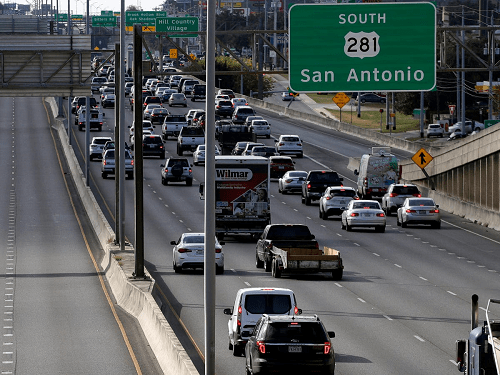
11.9.19 – Business Insider – Andy Kiersz
- Texas’ population has been growing rapidly for years, and a big part of that growth comes from the millions of people who have moved there from around the US and the rest of the world.
- Using data from the US Census Bureau, we ranked Texas’ large metro areas by total net migration between 2010 and 2018, adjusted by 2010 population.
- Texas’ largest cities were at the top of the list, as well as Midland, a major hub of the fracking boom.
Texas is one of the fastest-growing parts of the US.












